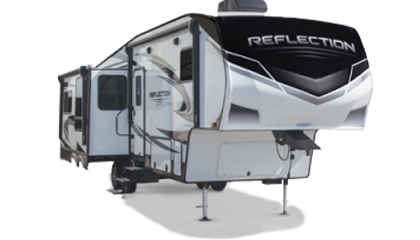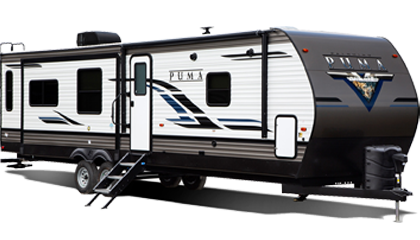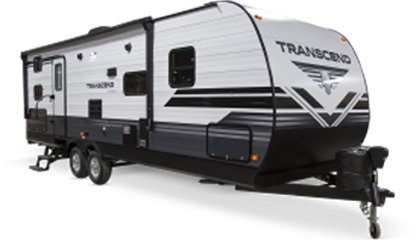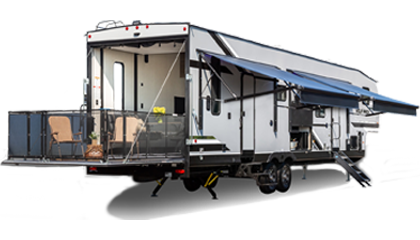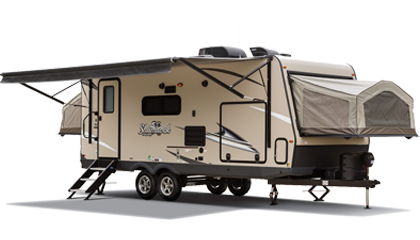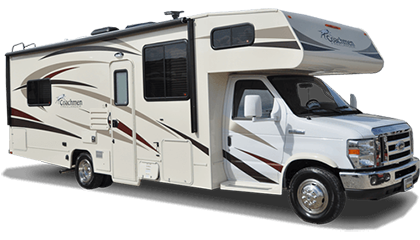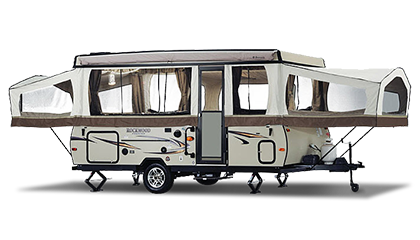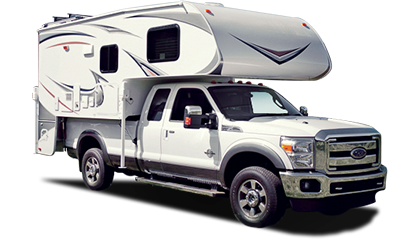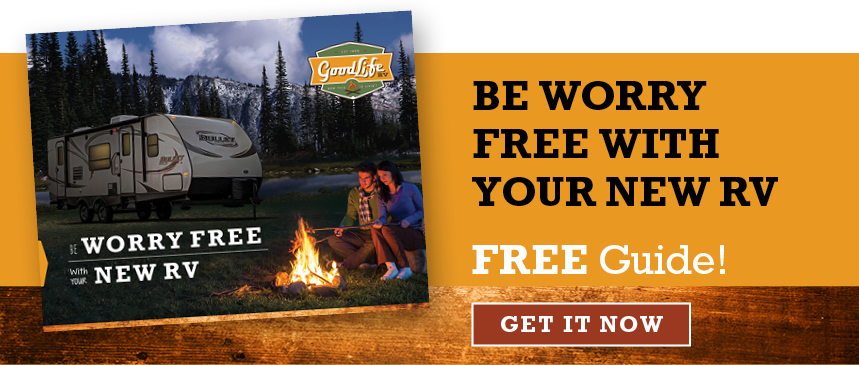RV Towing Guide
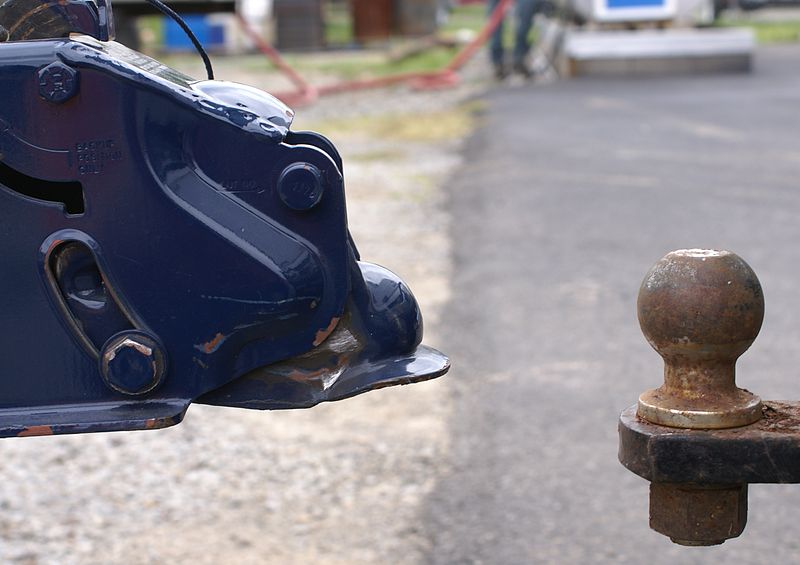
Delaying the vacation due to towing an RV can be a heavy burden on your trip if you haven’t carefully planned for the road ahead. Consciously making adjustments to driving behaviors to accommodate the RV is the best start to a safe and successful road trip.
Towing an RV starts with understanding your vehicle’s towing capacity. Keep in mind that hauling an RV that weighs twice as much as the vehicle towing it creates a lot of obstacles. The weight of the RV should be carefully considered so that the vehicle is not stressed and causing you further issues in addition to everything else that you will need to be focused on while traveling.
With respect to the weight of the RV, it is advised that drivers be aware of the difference in reaction time. The weight of the RV requires a lot more room for stopping which spirals down to how closely you follow forthcoming traffic. Reaction times are much more delayed when pulling an RV, and they should be addressed by hanging back and looking ahead by about 12 to 15 seconds based on speed and driving conditions.
Consider the size of the RV that is being towed as well. The size will be a factor in driving through tunnels and under overpasses as well as catching the wind. Size should be a factor when determining side-view mirrors and potential extensions to see approaching traffic. Due to the RV causing such restrictions, it is also wise to strategically park and maneuver the RV in a way that helps you avoid having to back up. Backing up with an RV latched on can be a tedious task!
Don’t let the obstacles of towing an RV keep you from discovering the world. Seek advice and keep practicing until you feel comfortable hitting the open road.

